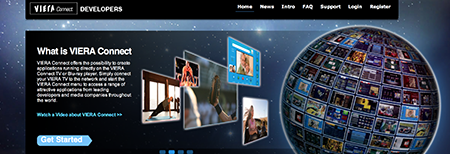For any iOS application, interface appearance is a key driver to success. Sleek and elaborate design combined with impressive look and feel of your app, can enhance user experience and add points in favor of your application in the App Store.
How can you best impress the user? Nice appearance can be achieved in many ways, one of them is to apply effects on different parts of the interface and the image as a whole. Among all these, perhaps the most commonly used effect is Blur, and we are going to discuss it in this post. We will tell you how to apply Blur using different frameworks, and also we will experiment a little to benchmark performance of different methods. Continue reading









